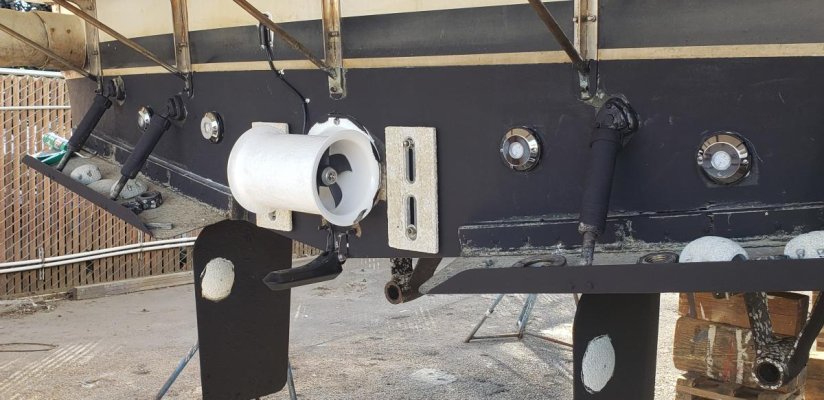Redhook98
Senior Member
- Joined
- Jun 26, 2019
- Messages
- 365
- Location
- US
- Vessel Name
- Tatoosh
- Vessel Make
- 1979 49ft Marine Trader RPH
I picked up a Defender special consisting of a factory re manufactured Raymarine Axiom 9RV with a transom mount RV-100 transducer included. Too good of a deal to pass up at $699, and it will sit nicely next to the other Axiom 9 I have mounted in the pilothouse.
Anyway, I read a few threads on here about other trawlers having transom mounted transducers and not having any issues. Any with twin motors? Issues at different speeds (my max is 8 knots)? Or better off to fabricate an in-hull mount for it?
I have two older Garmins that are going to act as my primary depth finders using P79 in-hull transducers.
Anyway, I read a few threads on here about other trawlers having transom mounted transducers and not having any issues. Any with twin motors? Issues at different speeds (my max is 8 knots)? Or better off to fabricate an in-hull mount for it?
I have two older Garmins that are going to act as my primary depth finders using P79 in-hull transducers.

